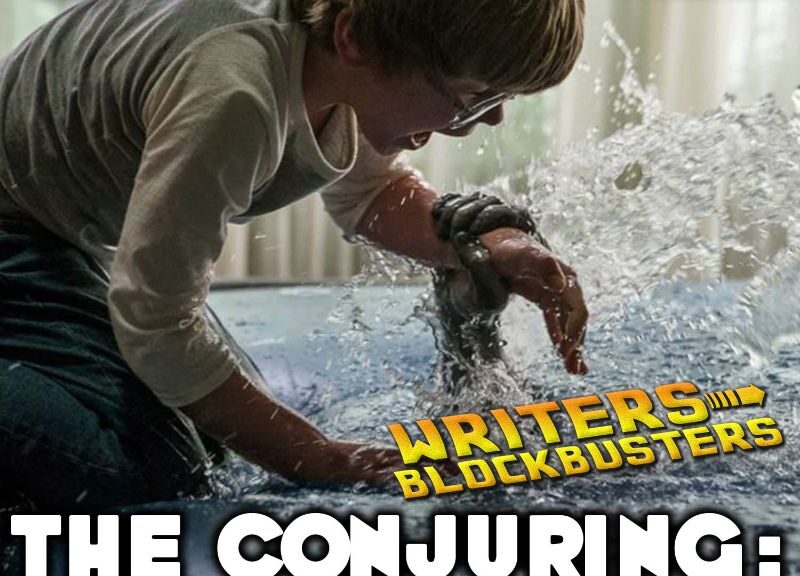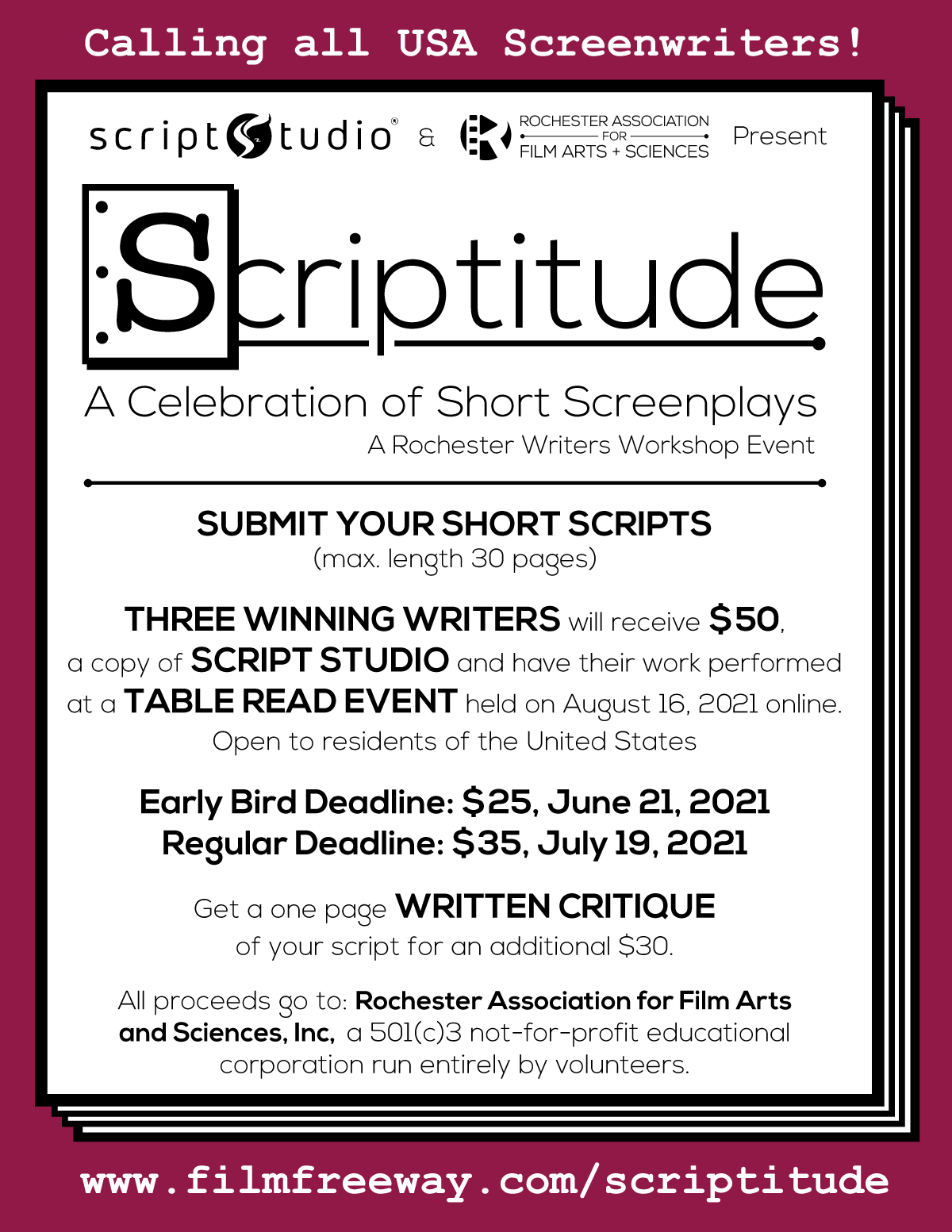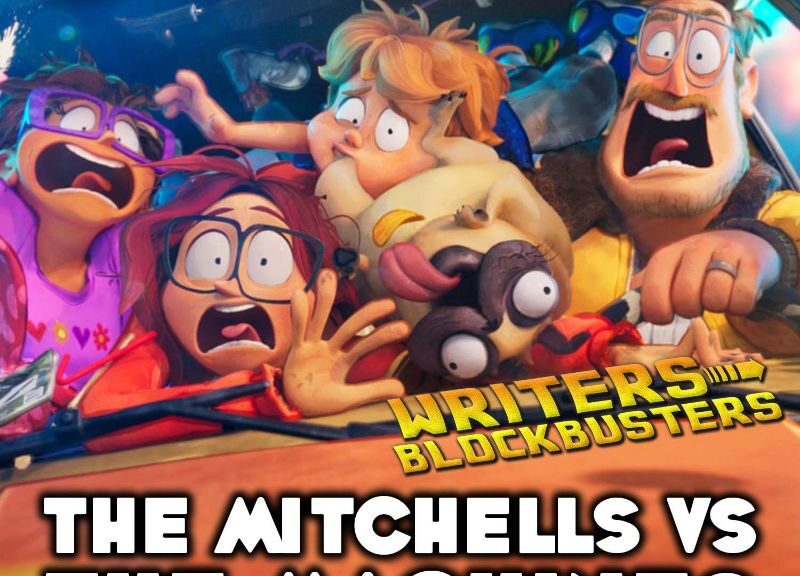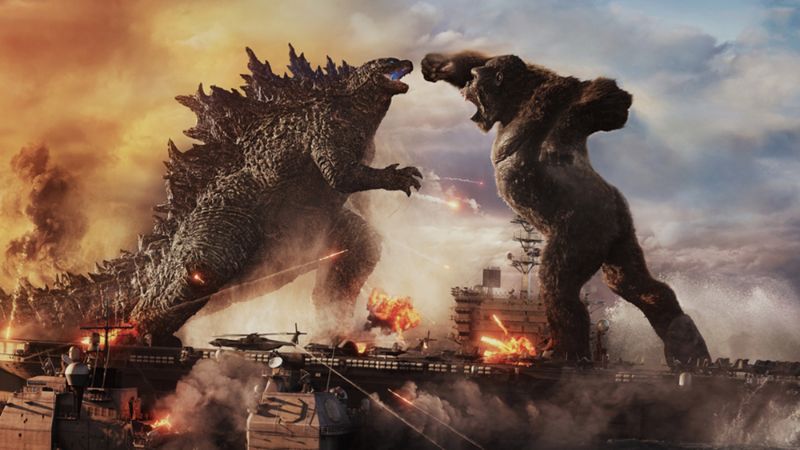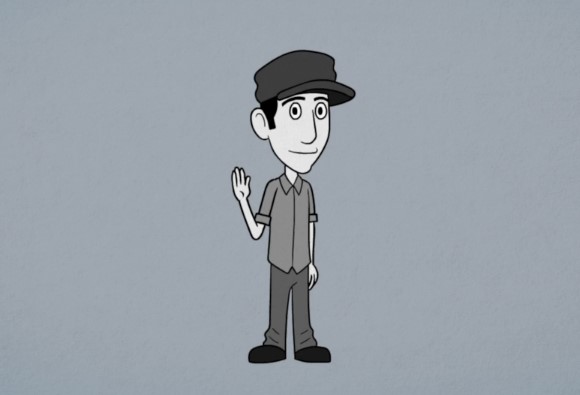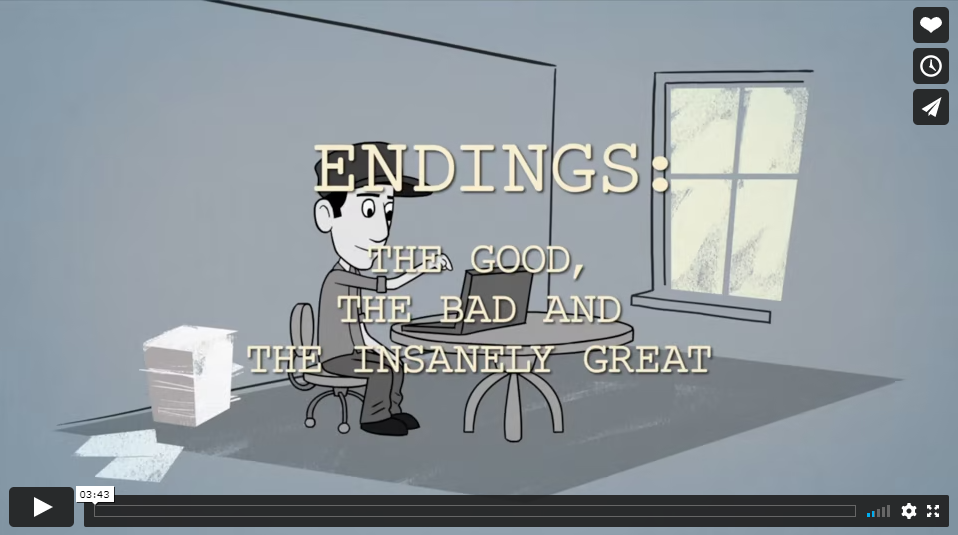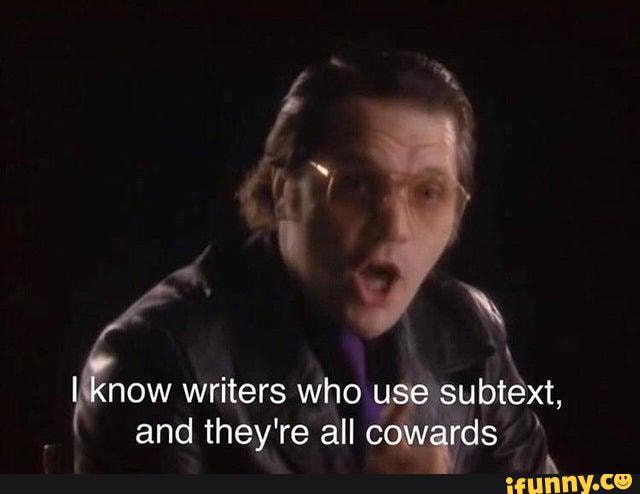Writers/Blockbusters: The Conjuring 3
Jamie, Jimmy and Bob are cursed with questions while breaking down the script to The Conjuring: The Devil Made Me Do It. Personally, I enjoyed the film — despite the script problems, it had several engaging horror sequences, good acting, and powerful imagery. As a story, if felt more like an episode of a Warrens TV show. (I kept thinking of the X-Files.) So the main characters’ motivations are a little weak, just wanting to solve the mystery of the curse.
Listen to the breakdown at
https://thundergrunt.com/e/writersblockbusters-062-the-conjuring-the-devil-made-me-do-it/
